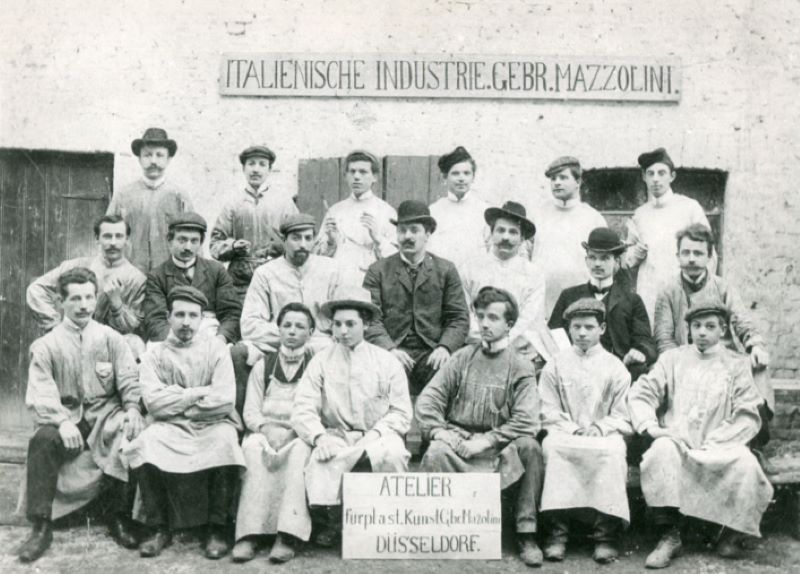The emigration of Italians beyond the Alps, to central and northern Europe, has always been active, even when the great transoceanic emigration flows took hold. However, its seasonal or otherwise temporary nature has always made its precise quantification difficult.
It was mainly as a result of U.S. restrictions on the entry of new immigrants into the country that the flow to Europe took over from other destinations, particularly France, Germany, Belgium, Switzerland, as well as Great Britain. These countries had a need for cheap labor and, in the immediate postwar period, had made agreements with the Italian government: young workers destined mainly for the mines of Europe in exchange for raw materials and energy sources, mostly coal.
Thus, to solve the dramatic unemployment problems of an Italy brought to its knees by World War II, beginning in 1945 the Italian government incentivized "assisted" emigration flows, almost exclusively male, to European countries, which would maintain a character of marked transience given its relative proximity to Italy, although communities of permanently resident Italians began to form, especially in Belgium, Switzerland and Germany.


